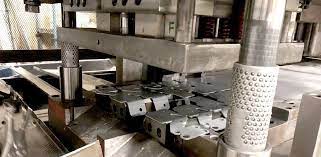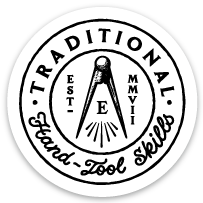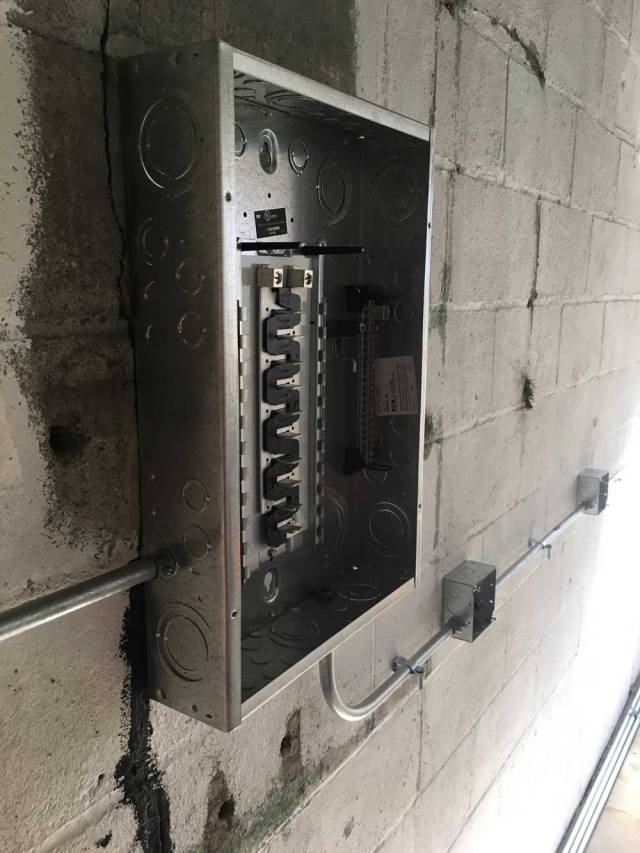Unveiling the Efficiency of Cutting Tools: A Comprehensive Guide
Cutting tools stand as indispensable assets across various industries, playing a pivotal role in shaping materials and enhancing manufacturing processes. These tools are instrumental in precision cutting, shaping, and carving, making them crucial components in numerous applications.

1. What are Cutting Tools, and How Do They Function?
Cutting tools encompass a diverse range of instruments designed to precisely slice, carve, or shape materials. They come in various forms such as drills, saws, milling cutters, and lathe tools, each tailored for specific tasks. These tools function by applying force to the material, efficiently removing excess material to achieve desired shapes or sizes.
2. What Are the Common Types of Cutting Tools?
Several types of cutting tools are widely used in industries:
- – Drills: Essential for creating holes in materials, available in various designs including twist drills, center drills, and countersinks.
- – Saws: Utilized for cutting materials like wood, metal, or plastic, with variations like hand saws, circular saws, and bandsaws.
- – Milling Cutters: Used in machining processes to remove material from a workpiece, available in end mills, face mills, and ball nose cutters.
- – Lathe Tools: Employed for shaping materials on a lathe machine, available in various shapes and sizes for turning, facing, or threading.

3. What Are the Key Advantages of Cutting Tools?
Cutting tools offer numerous advantages in manufacturing and construction:
- – Precision and Accuracy: These tools enable precise cutting and shaping, ensuring accuracy in the final product.
- – Efficiency: They enhance productivity by efficiently removing material, and reducing processing time.
- – Versatility: Different types of cutting tools cater to various materials and applications, offering flexibility in usage.
4. Where Are Cutting Tools Utilized, and How Do They Impact Applications?
Cutting tools find extensive applications across multiple industries:
- – Manufacturing: They are integral in machining processes for fabricating components in automotive, aerospace, and electronics industries.
- – Construction: Cutting tools aid in shaping and cutting materials like wood, metal, and concrete in construction projects.
- – Fabrication: These tools play a crucial role in fabricating parts and components for various machinery and equipment.
Moreover, in the domain of geogrid, cutting tools are employed to shape and manipulate geogrid materials efficiently. These tools contribute to precision cutting and shaping of geogrids, essential in geotechnical applications for soil stabilization, reinforcement in road construction, and erosion control.
Cutting tools serve as essential assets in diverse industries, contributing to precision, efficiency, and productivity in manufacturing and construction processes. Their versatility, coupled with advancements in design and technology, continues to elevate their significance in optimizing various applications. Additionally, the utilization of cutting tools in manipulating geogrid materials showcases their adaptability in geotechnical applications, reinforcing their role in innovative engineering solutions.



